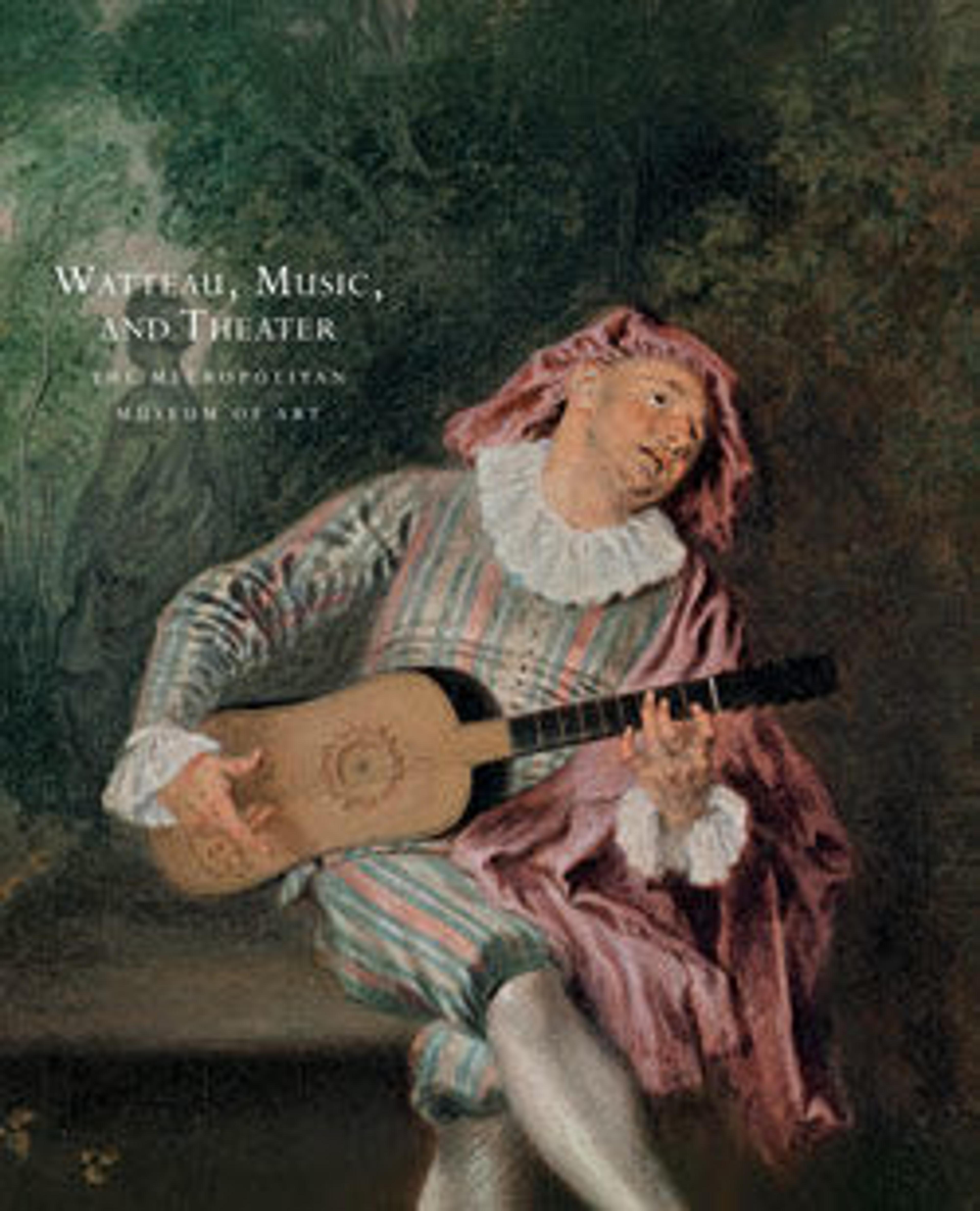La scène des deux carrosses
Primarily a graphic artist, Claude Gillot specialized in scenes of satire and whimsy, often using theatrical figures or satyrs as protagonists. Typically, his characters embody both the base human instincts that lend the scenes their humor and the elegant, dancelike comportment that situates them in the realm of witty Rococo divertissements. Gillot's ideas were transmitted to his most famous student, Antoine Watteau, whose fêtes galantes brought the fantasy and theatrical inspiration of Gillot's work into the mainstream of French art.
The irreverence of the commedia dell'arte provided many of Gillot's most memorable subjects. This drawing relates to his best-known painting, Les deux carrosses (Musée du Louvre, Paris). It was directly inspired by a short sketch appended to a three-act comedy, Foire Saint Germain, which was first performed in 1695. An altercation breaks out between two cabmen and their passengers (commedia dell'arte characters Arlequin and Scaramouche, both dressed in women's clothing) when the carriages meet in a narrow alley and each refuses to back up and let the other pass. The sketch concludes when a passing judge attempts to mediate the conflict but instead becomes the focus of the collective ire and is chased offstage.
The irreverence of the commedia dell'arte provided many of Gillot's most memorable subjects. This drawing relates to his best-known painting, Les deux carrosses (Musée du Louvre, Paris). It was directly inspired by a short sketch appended to a three-act comedy, Foire Saint Germain, which was first performed in 1695. An altercation breaks out between two cabmen and their passengers (commedia dell'arte characters Arlequin and Scaramouche, both dressed in women's clothing) when the carriages meet in a narrow alley and each refuses to back up and let the other pass. The sketch concludes when a passing judge attempts to mediate the conflict but instead becomes the focus of the collective ire and is chased offstage.
Artwork Details
- Title:La scène des deux carrosses
- Artist:Claude Gillot (French, Langres 1673–1722 Paris)
- Date:ca. 1712–16
- Medium:Pen and black ink, brush and red wash
- Dimensions:Sheet: 6 1/4 x 8 3/8 in. (15.9 x 21.3 cm)
- Classification:Drawings
- Credit Line:Purchase, David T. Schiff and Oscar de la Renta Ltd. Gifts, 2006
- Object Number:2006.93
- Curatorial Department: Drawings and Prints
More Artwork
Research Resources
The Met provides unparalleled resources for research and welcomes an international community of students and scholars. The Met's Open Access API is where creators and researchers can connect to the The Met collection. Open Access data and public domain images are available for unrestricted commercial and noncommercial use without permission or fee.
To request images under copyright and other restrictions, please use this Image Request form.
Feedback
We continue to research and examine historical and cultural context for objects in The Met collection. If you have comments or questions about this object record, please contact us using the form below. The Museum looks forward to receiving your comments.
